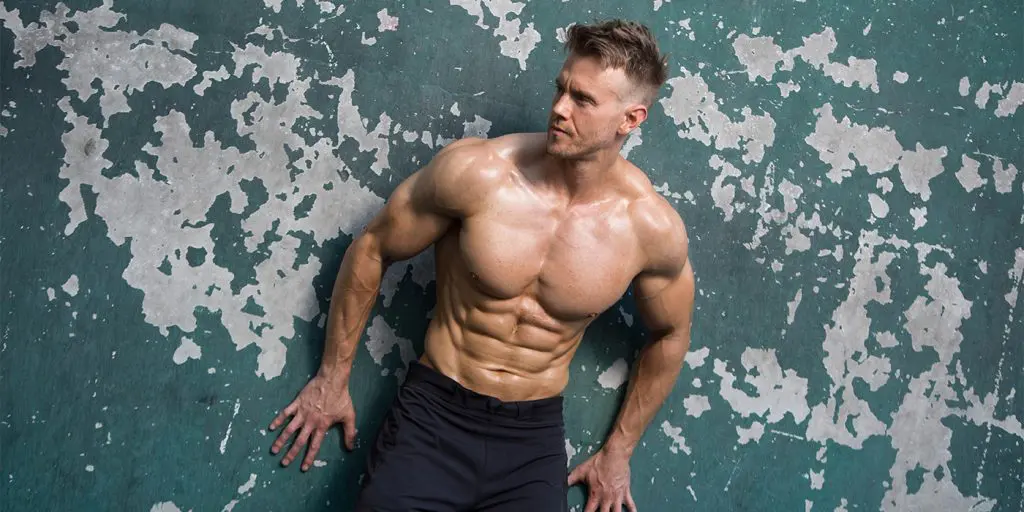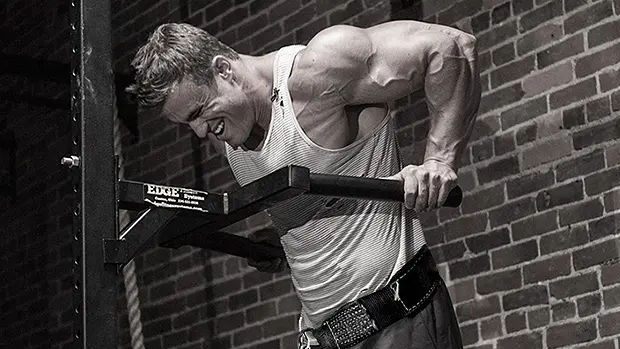
The best online fitness resource you'll ever need. We filter out the BS to ensure you meet your health and fitness goals!

The best online fitness resource you'll ever need. We filter out the BS to ensure you meet your health and fitness goals!

Building up the inner pectorals of the chest can make the chest look more imposing and complete. Rather than simply hitting the bench and chest press over and over, it will show that you take a well-rounded approach to your chest training. It will also mean greater overall muscle mass – the more you can reach into underdeveloped areas like the inner chest, the more extra little pockets of mass you’ll be able to build.
However, it can be quite hard to isolate any specific region of the body. It is easy to build up the midsection of the pecs, the upper pecs, and the outer pecs/anterior deltoids. They are used in most upper body compound presses – push ups, bench presses, chest presses, dips and so forth all work them. If you simply jump in with these old trusties, you will develop your chest, but not as fully as you might otherwise manage.
However, there are ways you can target those inner pecs, giving you the best inner chest workout possible and granting you a much sought after ‘man cleavage’.
Mainly, you want to concern yourself with the mind-muscle connection to the area (more on this below) at the same time as making us of exercises that stress contractions in the inner chest.
We need to understand how the chest muscles work if we are to make the most out of them in training. Specifically, we need to know the motions that the pec major performs. There are three main mechanical uses for them:
In practical terms, when training, you can work all of these movements by simply including presses and flyes in your routines. Whilst we typically focus on presses – like push ups, dips and bench presses – as these engage the most overall muscle fibre and elicit the most adaptation, it is the lifts that emphasise horizontal adduction – flye movements – that are the most effective for targeting the inner pecs.

Any movement in which you are engaging a hugging motion across your body will help to stimulate the inner pecs. This can include movements like the dumbbell or cable flye, which will isolate and quite immediately bring the inner pecs into play. However, there are also a few pressing motion adaptations you can make use of to better work the inner chest as part of a larger, compound movement.
For example, a hammer squeeze press, in which you perform a dumbbell chest press on an incline bench. However, rather than simply pressing a set of dumbbells, choose a lighter pair, put a medicine ball between them, and squeeze the medicine ball between them throughout the press. This will instantaneously activate the inner pecs.
Alternatively, try switching your push ups for diamond push ups, in which both thumbs and both forefingers are touching, forming a diamond shape. This will put more pressure into both the inner pec region and the triceps.
The hardest muscles to build are the ones you can’t feel – if you can’t feel them, it’s generally hard to activate them. Other muscle mass will take over from them. The inner chest is notoriously hard to feel in this way, with the mid pecs, anterior deltoids and triceps being prone to take over from them. They are then left out of your training, so don’t tend to grow.

You need to build your mind-muscle connection to your inner chest – think of it as mentally zeroing in on them as you train, thus improving their activation.
Building a mind-muscle connection is, perhaps unsurprisingly, in large part a mindfulness activity. One of the most expedient ways of working on mind-muscle connection is to picture the two ends of any given muscle coming together with each contraction. For the pecs, the muscles originate at the collarbone and sternum and insert on the humeral bones – during a flye movement, the insertion points (at the humeral bones) come closer to the origin points (at the sternum and collarbone).
To really engage you inner chest and work on your mind-muscle connection to it, picture the pec muscles’ connection at the top of your arms pulling toward the parts of the muscle that attach at your sternum. Imagine the inner portion of your pecs’ muscle fibres really tensing and swelling.
It may sound daft to bring mindfulness practice into a physical workout. However, it has been proven to work – these kinds of activities elicit far greater muscular activation in both the short and long term.